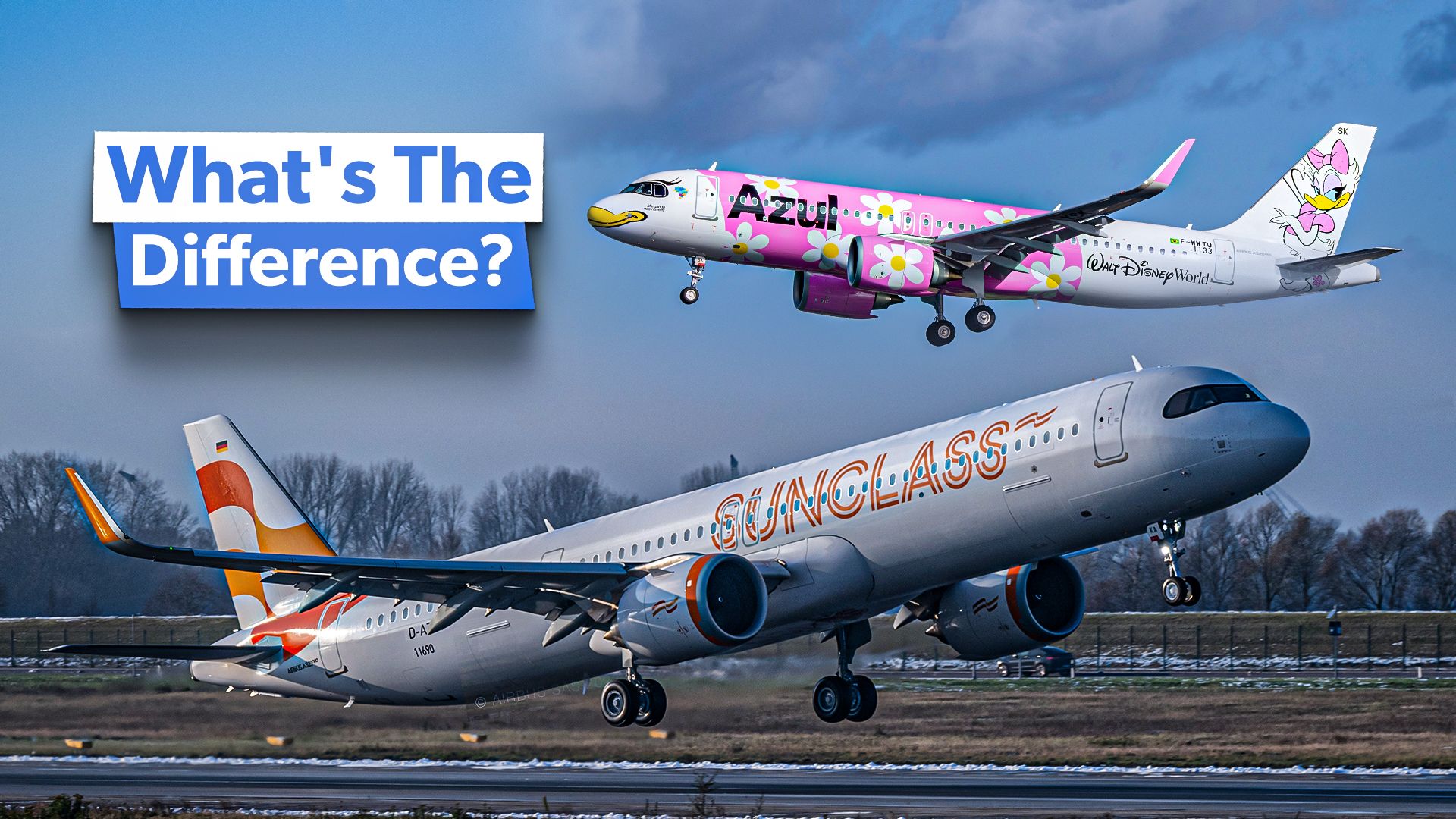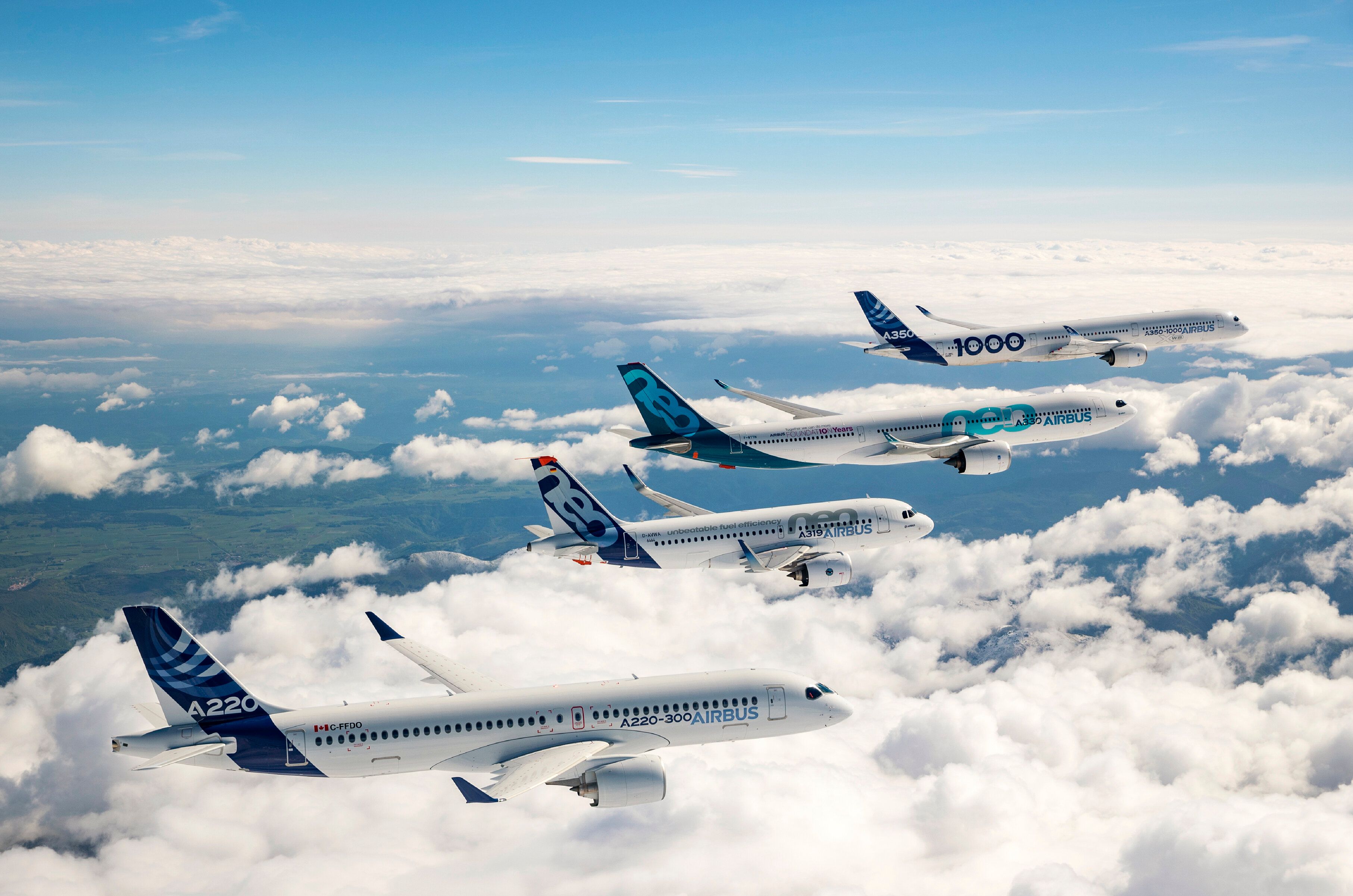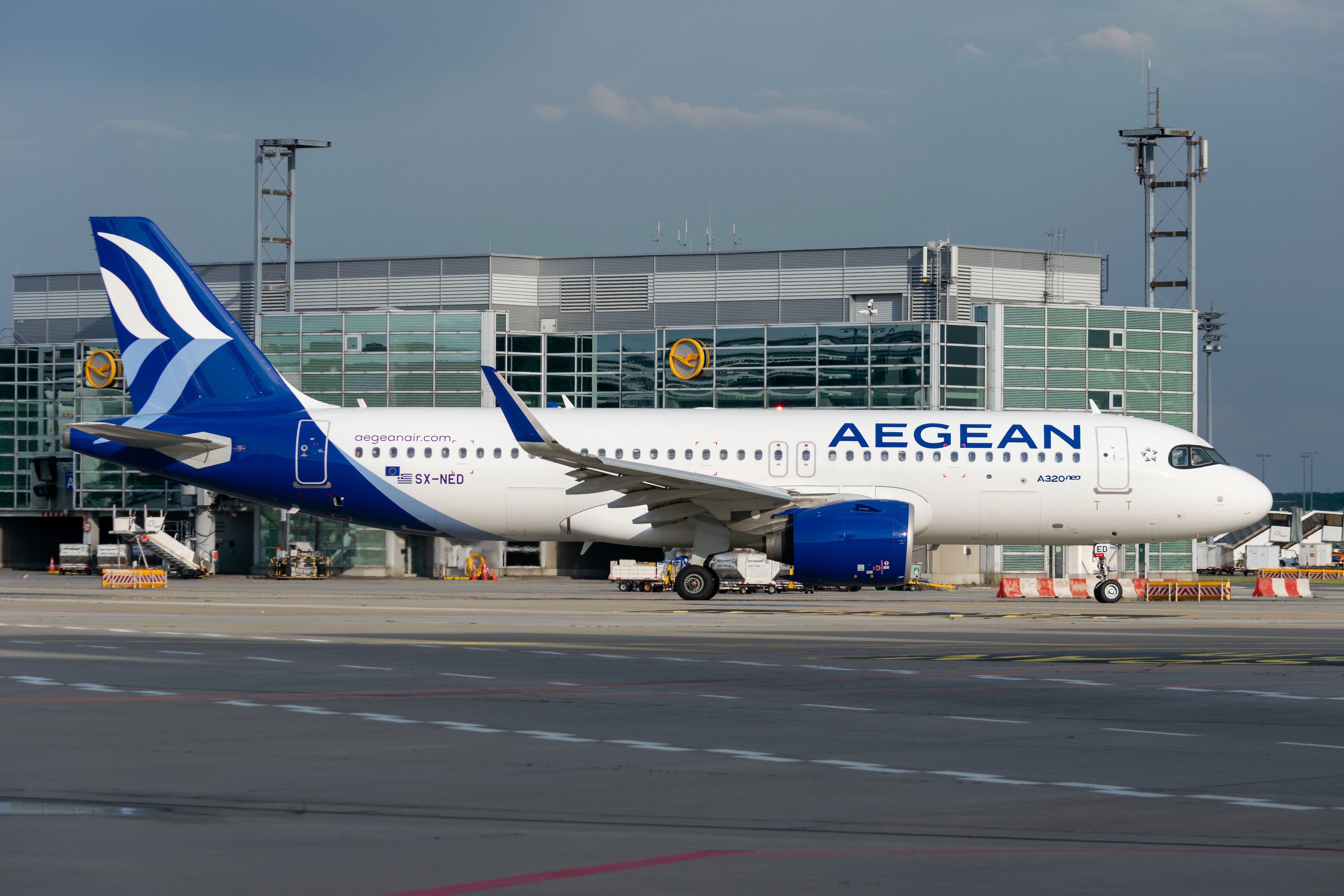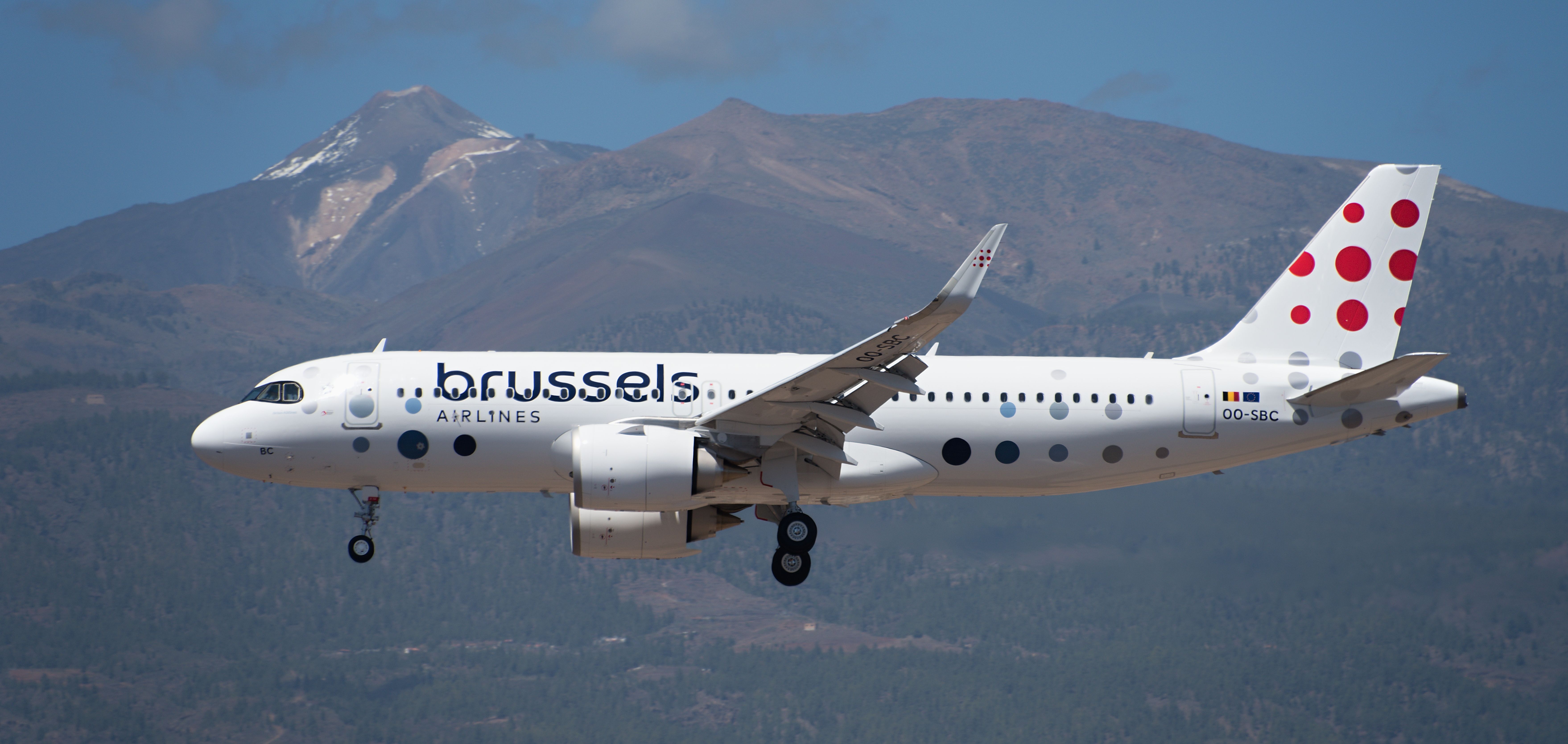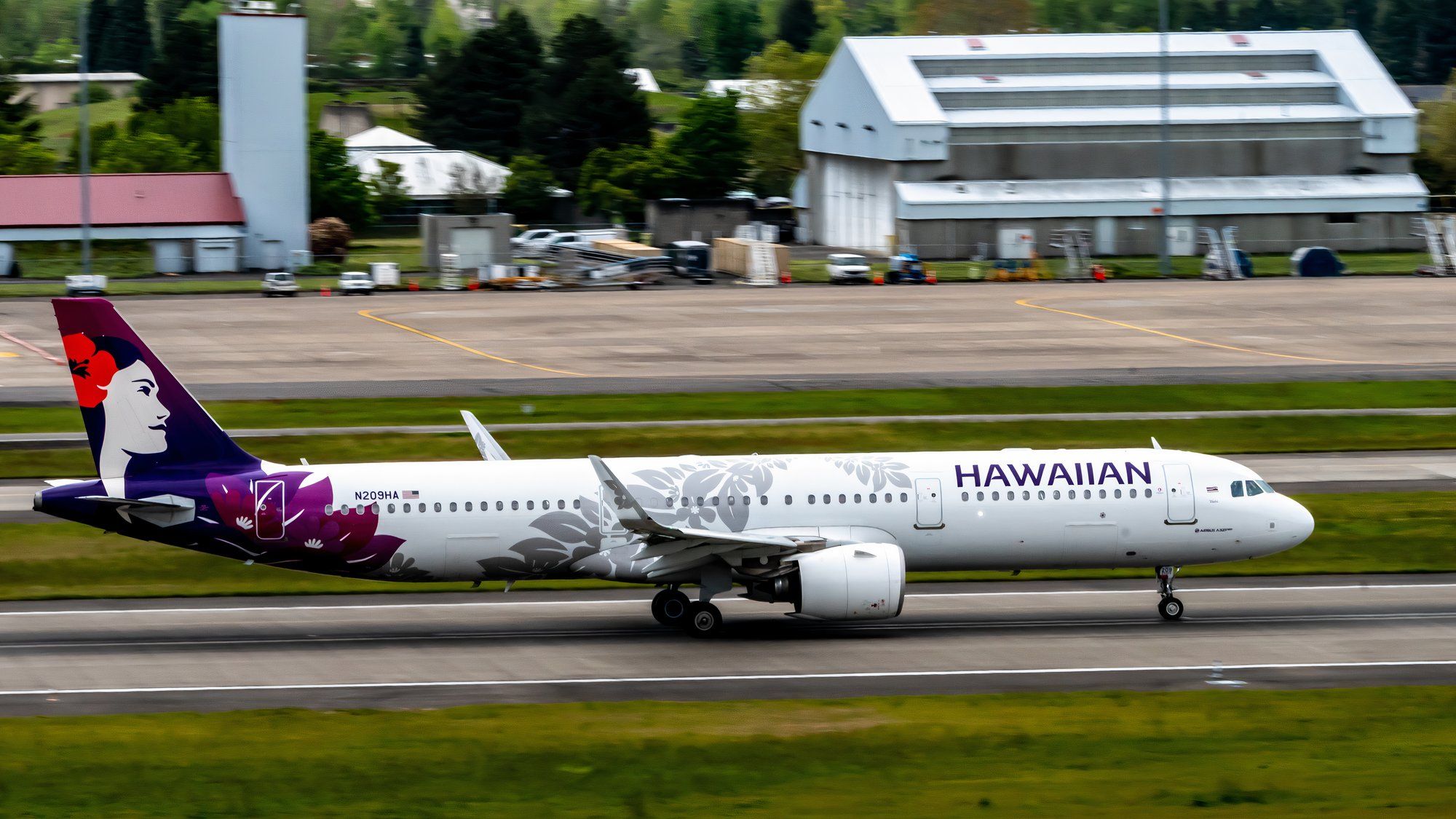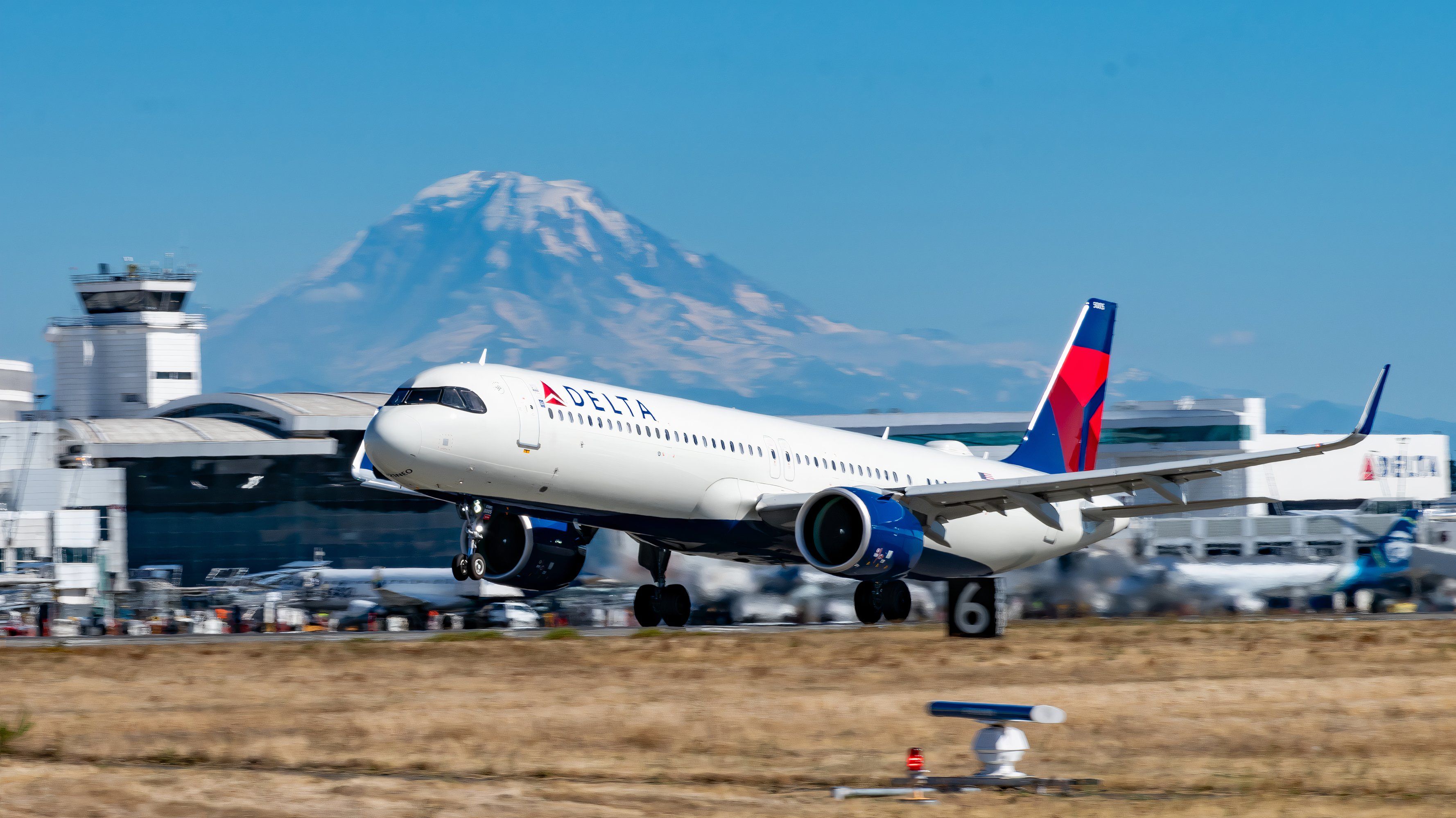Summary
- The A320neo family offers a 15-20% fuel efficiency & more range via new engine options & added wingtip features.
- A321neo is 23ft longer than A320neo, seats 50 more passengers, & surpasses its sibling’s range by 600 NM.
- The A320neo is more popular, but the A321neo leads in efficiency & capacity.
Since its introduction in 1988, the Airbus A320 family has evolved to include three main variants (A319, A320, and A321), differentiated primarily by size. After the launch of these aircraft’s enhanced “neo” versions, the A320 family grew even more in popularity. Due to new engine options and the addition of Sharklet wingtip features, the A320neo family boasts 15-20% greater fuel efficiency and additional range compared to the original models.
Although the two largest members of the A320neo family, the A320neo and A321neo, are very similar, there are key differences in size, performance, and popularity. The A321neo is 23 feet longer than its smaller sibling and can carry 50 additional passengers. Additionally, the more popular A320neo’s range is surpassed by the A321neo’s range by 600 NM.
The Airbus A320 family
The Airbus A320 family began with the original aircraft type, the A320, which was first flown by Air France in April 1988. Since then, this family of narrowbody airliners has grown to include multiple models varying in size and performance.
The original A320 family included the A319, the A320, and the A321. According to Airbus, these variants are the same aircraft but differ in size. The shortest model, the A319, has a fuselage measuring 111 feet (33.84 meters). Comparatively, the A321 is the largest variant, with a length of 146 feet (44.51 meters).
In 2010, Airbus launched an improved version of the A320 featuring more efficient engines. The new variant was dubbed the “A320neo”, as neo means “new” in Greek and is also an acronym for “new engine option.” The original variants were renamed “ceo” models (or “current engine option” models) to distinguish them from the newer versions.
The neo aircraft were re-configured with CFM International LEAP-1A or Pratt & Whitney PW1000G-JM engines, and Sharklet wingtip devices were added. These 7.87 (2.4 m) high Sharklets result in up to 4% reduced fuel burn and can reduce annual C02 emissions by around 992 tons per aircraft.
Photo: Tom Boon | Simple Flying
As a result of these changes, the A320neo family variants are much more efficient than their ‘ceo’ counterparts. Airbus claims that their new aircraft are 15 to 20% more fuel efficient than previous models, are noticeably quieter, and have an additional range of up to 500 NM (926 km).
The first A320neo and A321neo commercial flights were operated by Lufthansa in 2016. Since then, the A320neo family has become an extremely popular and reliable choice for airlines across the globe. According to Airbus:
“The A320neo Family is firmly established as the most modern and best-selling single-aisle fleet in the world…”
Airbus also states that as of May 2024, more than 10,500 A320neo family aircraft have been ordered by over 130 customers. Currently, 3,371 of these aircraft have been delivered.
A320neo: The cornerstone
Airbus considers the A320 the “cornerstone” or “benchmark” of the A320 family. The A320neo is the middle-sized sibling in its family, falling between the shorter A319neo and the longer A321neo.
The A320neo is 123 feet 3 inches (37.57 m) long and has a cabin length of 90 feet 3 inches (27.51 m). Depending on the seating configuration, the aircraft typically accommodates 140 to 170 passengers and has a maximum capacity of 194 passengers.
Airbus names the A320neo the aircraft with the widest single-aisle cabin in its class. This offers passengers more overhead space and wider seats. Even the sidewall panels are slimmer than those of other aircraft, providing travelers with more space at shoulder level.
The A320neo’s impressive performance is also worth noting. The aircraft has a range of 3,400 NM (6,300 km) and a maximum takeoff weight (MTOW) of 174,200 pounds (79.00 tonnes). Compared to the A320ceo (with added Sharklets), the A320neo has a range increase of more than 50 NM (100 km) and a higher MTOW by over 2,000 pounds (1 tonne).
Compared to previous-generation Airbus aircraft, the A320neo offers 20% fuel savings and CO2 reduction, making it a popular choice for many airlines. According to ch-aviation, 109 carriers have active A320neos in their fleets.
A321neo: The efficiency leader
The longest aircraft in the A320neo family is the A321neo. This stretched version of the A320neo can include as many as 40 additional seats. Airbus’s website calls this variant the “unrivaled efficiency leader,” citing its impressive performance and high seating capacity for a narrowbody aircraft.
The A321neo is 146 feet long (44.51 m) and has a cabin length of 113 feet (34.44 m). A typical seating arrangement allows for 180-220 passengers, although the aircraft’s maximum capacity is 244 passengers.
Photo: Joe Kunzler | Simple Flying
Like the A320neo, the A321neo features the widest cross-section in the single-aisle jetliner category. This extra space allows airlines to use 18-inch-wide seats, providing additional comfort for passengers. Additionally, Airbus increased exit limits and introduced a new cabin door configuration for the neo variants.
The A321neo has a range of 4,000 NM (7,400 km) and a maximum takeoff weight (MTOW) of 213,800 pounds (97 tonnes). This is a big improvement from the A321ceo, which has a range of just 3,200 NM (5,950 km) and an MTOW of 206,100 pounds (93.5 tonnes) with Sharklets.
Long-range variants: A321LR and A321XLR
The A321neo has two long-range variants that allow the narrowbody airliner to cover transatlantic routes. The A321LR contains extra fuel in three auxiliary fuel tanks (Additional Center Tanks), providing a range of 4,000-4,500 NM. The A321LXR is fitted with a permanent rear-center tank that carries 3,400 US gallons (12,900 liters) of fuel, enabling a range of up to 4,700 NM.
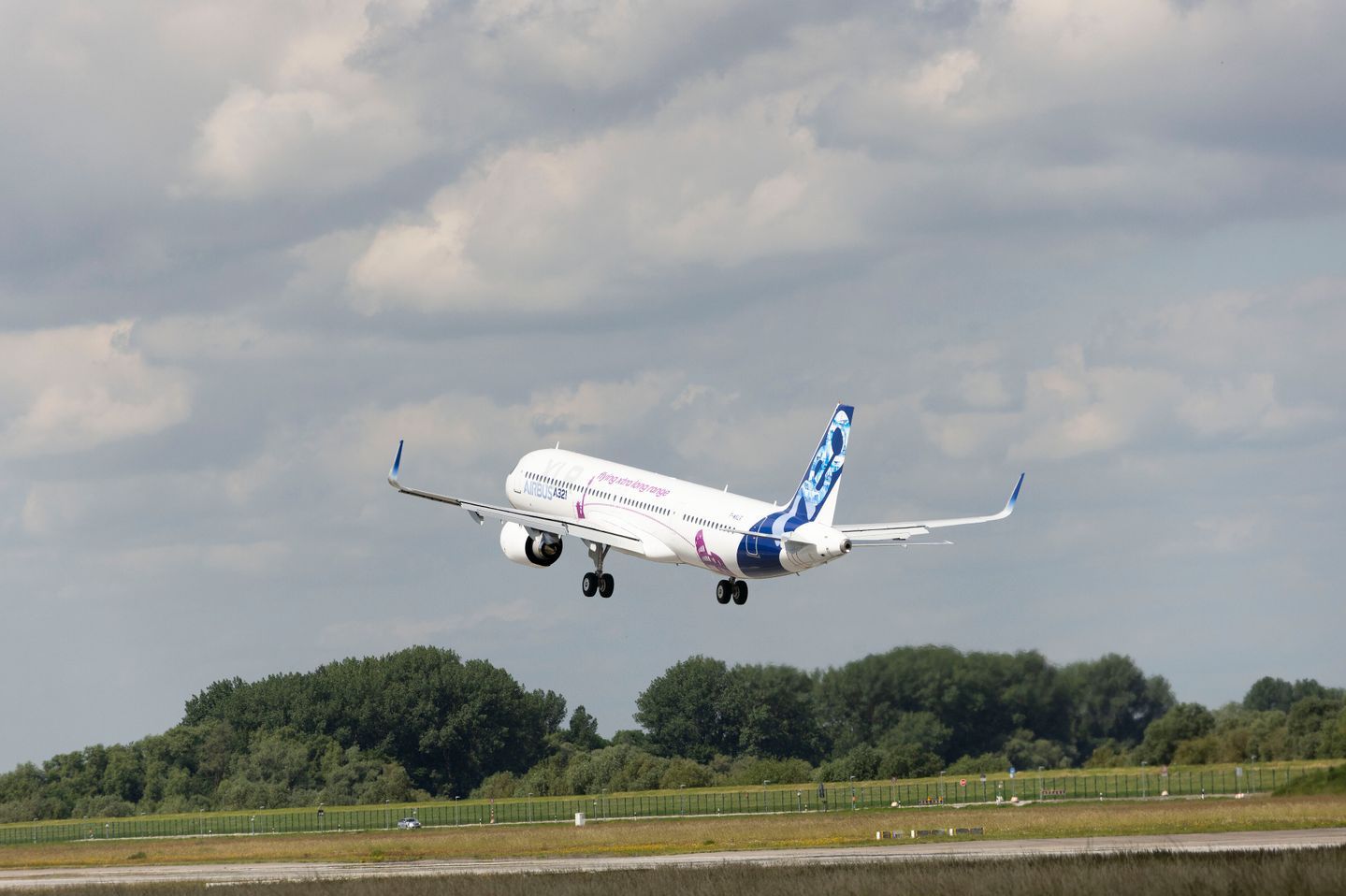
Related
Airbus A321neo vs A321LR vs A321XLR – Which Is Best?
The A321neo family has become popular for long-haul flights in recent years.
A320neo vs. A321neo
The A320neo and A321neo are very similar and offer similar benefits to airlines looking for efficient narrowbody aircraft. However, the two variants have key differences in appearance, performance, and popularity.
The most obvious difference between the A320neo and the A321neo is in size. Although the two aircraft have the same width, height, and wingspan, the A320neo is nearly 23 feet shorter than its larger sibling. Additionally, the heavier A321neo has a larger wheelbase (55 feet 6 inches) than the A320neo (41 feet 5 inches).
The larger cabin size of the A321neo also affects its maximum capacity. The larger variant can carry 50 more passengers than the A320neo. The cargo space is also increased on the A321neo, allowing three additional pallets (7 vs. 10).
Photo: Joe Kunzler | Simple Flying
Further, the two aircraft show major differences in performance. The A320neo’s range is 600 NM (1,111 km) shorter than the A321neo’s range thanks to its lower fuel capacity (7,060 USG vs. 8,700 USG). The smaller aircraft also has a lower MTOW of nearly 40,000 pounds.
While both A320neo family members are extremely popular and have proven their value in markets around the world, the A320neo seems to be the most common of the two. According to ch-aviation, 109 carriers operate A320neos while only 85 have active A321neos.
However, the A321neo’s efficiency is not overlooked and more of the aircraft will reach the skies soon. According to a press release from Airbus in March 2024, American Airlines is the largest operator of A320 family aircraft. After adding 85 additional aircraft to its order, the major US carrier has a total of 219 A321neos ordered. Other airlines, such as Condor, have also recently added A320neos and A321neos to their fleets.
|
A320neo |
A321neo |
|
|---|---|---|
|
Overall Length |
123 ft. 3 in. |
146 ft. 0 in. |
|
Fuselage Width |
13 ft. 0 in. |
13 ft. 0 in. |
|
Wingspan |
117 ft. 5 in. |
117 ft. 5 in. |
|
Height |
38 ft. 7 in. |
38 ft. 7 in. |
|
Wheelbase |
41 ft. 5 in. |
55 ft. 50 in. |
|
Max Pax Seating |
194 |
244 |
|
Cargo Capacity (underfloor) |
7 LD3-45W |
10 LD3-45W |
|
Range |
3,400 NM |
4,000 NM |
|
MTOW |
174,200 lbs. |
213,800 lbs. |
|
Fuel Capacity |
7,060 USG |
8,700 USG |
Although these two siblings of the A320neo family are very similar, some of the differences in performance and capacity allow airlines to choose the variant that best meets their needs. It will be interesting to see how these top-performing aircraft will be used in the coming years and whether one will eventually rise above the other.
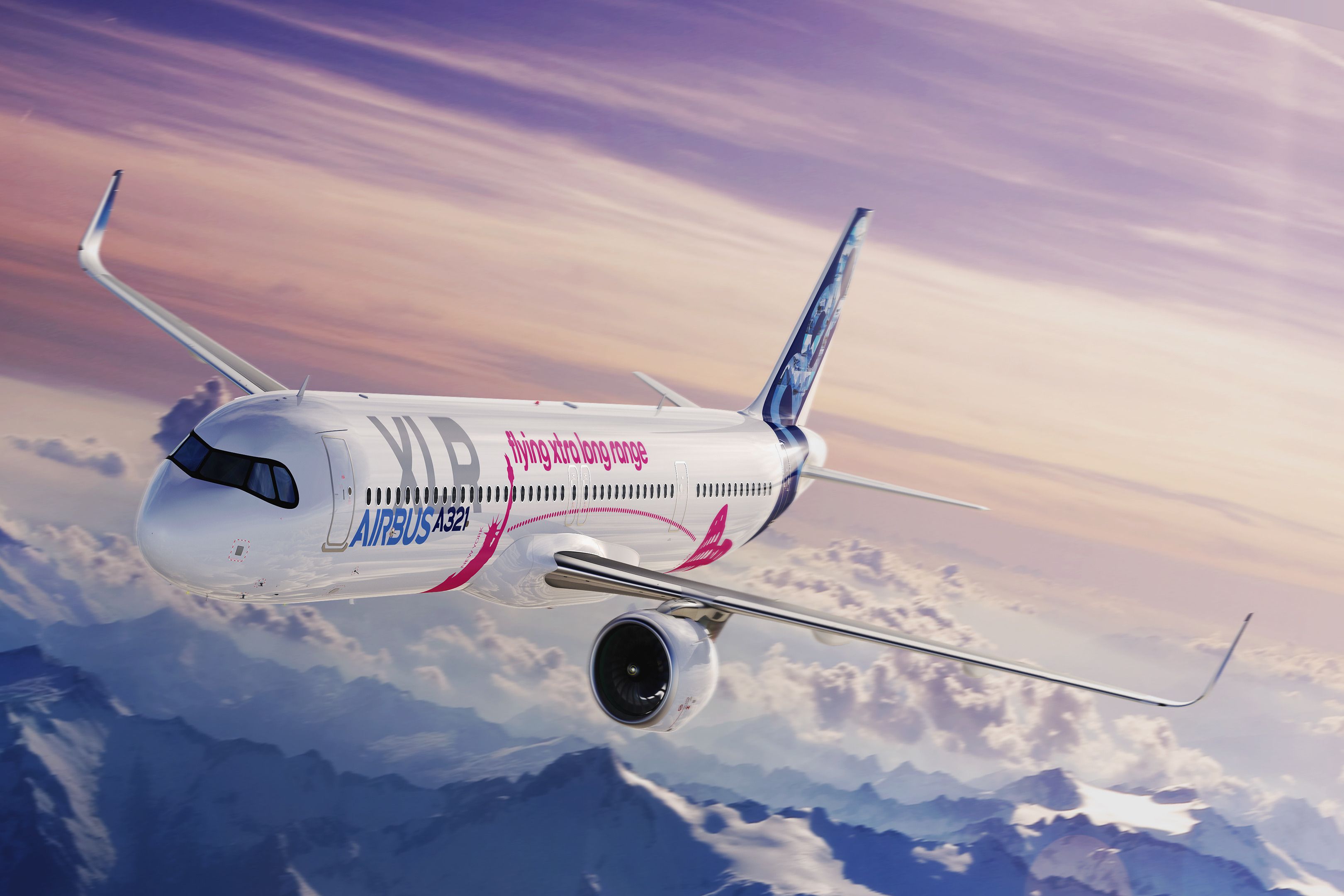
Related
The Airbus A321 vs A320 – Which Plane Is Best?
Which one of Airbus’ popular narrowbody siblings comes out on top?

